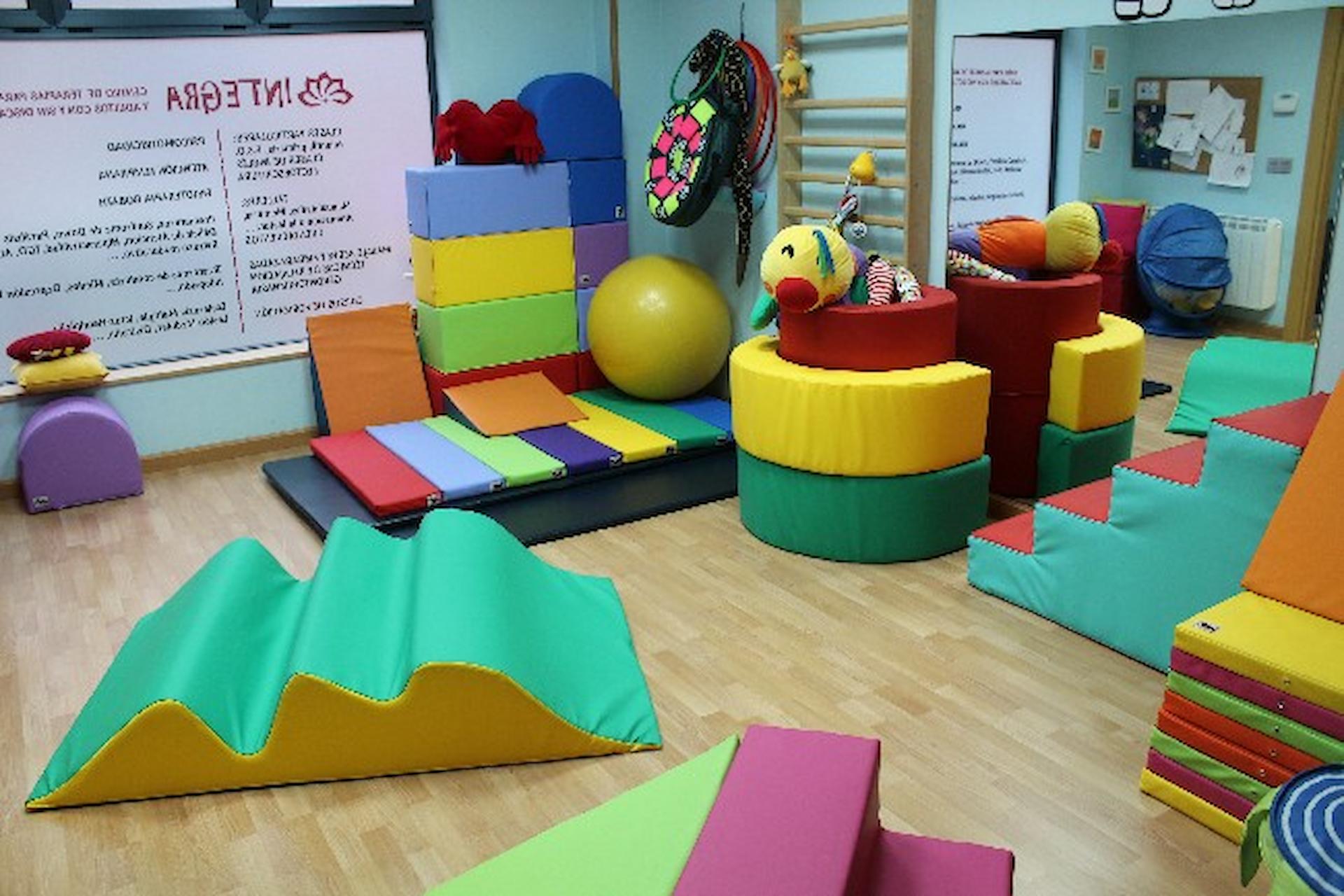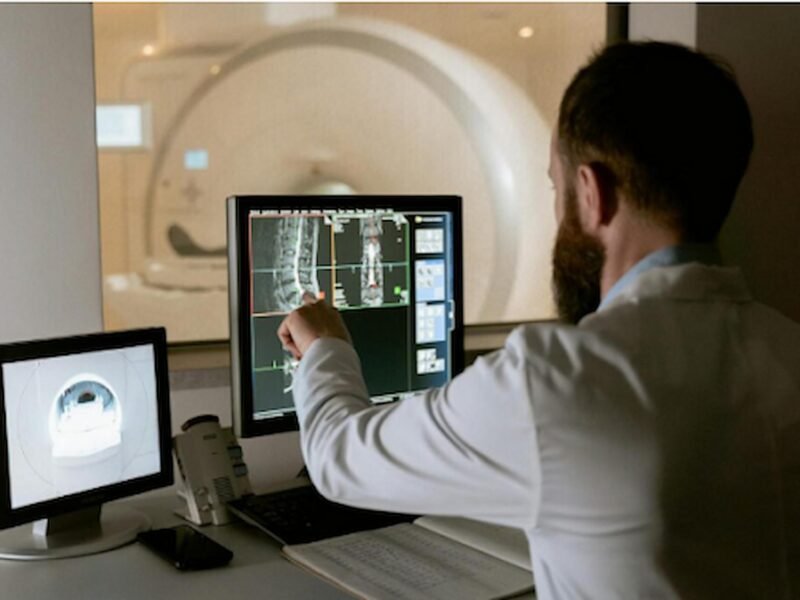Psychomotricity refers to the study of the human being from a more integrated perspective. It takes into account the development of an individual through the interdependence of relationship, cognition, movement, and emotion. Hind Louali mentions that psychomotricity tends to be practiced with people of all ages, and ideally specializes in three areas which are education, health, and community outreach. It is both a therapeutic and developmental practice, and involves working on motor, behavioural, relational, and emotional challenges. Psychomotricity tends to be characterized by working with the potential of the individual.
Hind Louali Discusses The Varying Uses Of Psychomotricity
Psychomotricity or psychomotor education ideally uses physical and motor activities for promoting the development, integration, and regulation of sensory, motor, cognitive, and emotional processes. It can be used in multiple settings, including therapy, healthcare, and education, in order to provide support to individuals of varying ages and abilities, and enable them to achieve their specific physical, cognitive, and emotional goals.
The Common Uses Of Psychomotricity Include:
- Educational Settings: Psychomotricity is used in early childhood education settings and schools for supporting the development of social skills, body image, spatial awareness, motor skills, and physical coordination. Psychomotor activities are commonly integrated into the student curriculum to promote their holistic development and improve learning outcomes.
- Special Education: Hind Louali mentions that psychomotricity is often used in special education settings for supporting people with development delays, sensory processing disorders, learning disabilities and other special needs. Psychomotor interventions can be useful in improving self regulations, sensory integration, motor skills, social skills, and functional abilities on the whole.
- Rehabilitation: Hospitals and rehabilitation centers use psychomotricity for supporting individuals recovering from surgeries, injuries, or neurological conditions. Psychomotor interventions can aid in improving physical coordination, balance, mobility, and cognitive functions, while also addressing the behavioural and emotional issues associated with the rehabilitation process.
- Mental Health And Psychotherapy: Today psychomotricity is used in psychotherapy and mental health settings for supporting people with varying mental health conditions like trauma, ADHD, depression, and anxiety. With psychomotor interventions, it becomes easier to improve body awareness, reduce stress, regulation emotions, as well as promote self-expression and self-esteem.
- Geriatrics: Psychomotricity can be used in geriatric care settings for supporting elderly individuals in maintaining their physical and cognitive abilities. It also aids in addressing the age related issues these individuals may have, such as social isolation, cognitive decline, and fall prevention. With psychomotor interventions, the cognitive functions, balance, mobility and overall well-being of older adults can be improved.
- Sports And Performance: Psychomotricity is used in sports training and performance settings for enhancing the mental readiness, motor skills, and physical coordination of the athletes. Psychomotor interventions make it easier for athletes to optimize their performance and prevent injuries by improving their movement efficiency, body awareness, and coordination.
Hind Louali points out that psychomotricity makes use of the strengths, interests, and desires unique to a person to reach their specific goals, no matter what they are. The psychomotrician supports and accompanies the individuals in finding and exploring improved ways to be at ease in their own body, to better relate with others/the environment, as well as foster healthy development.


